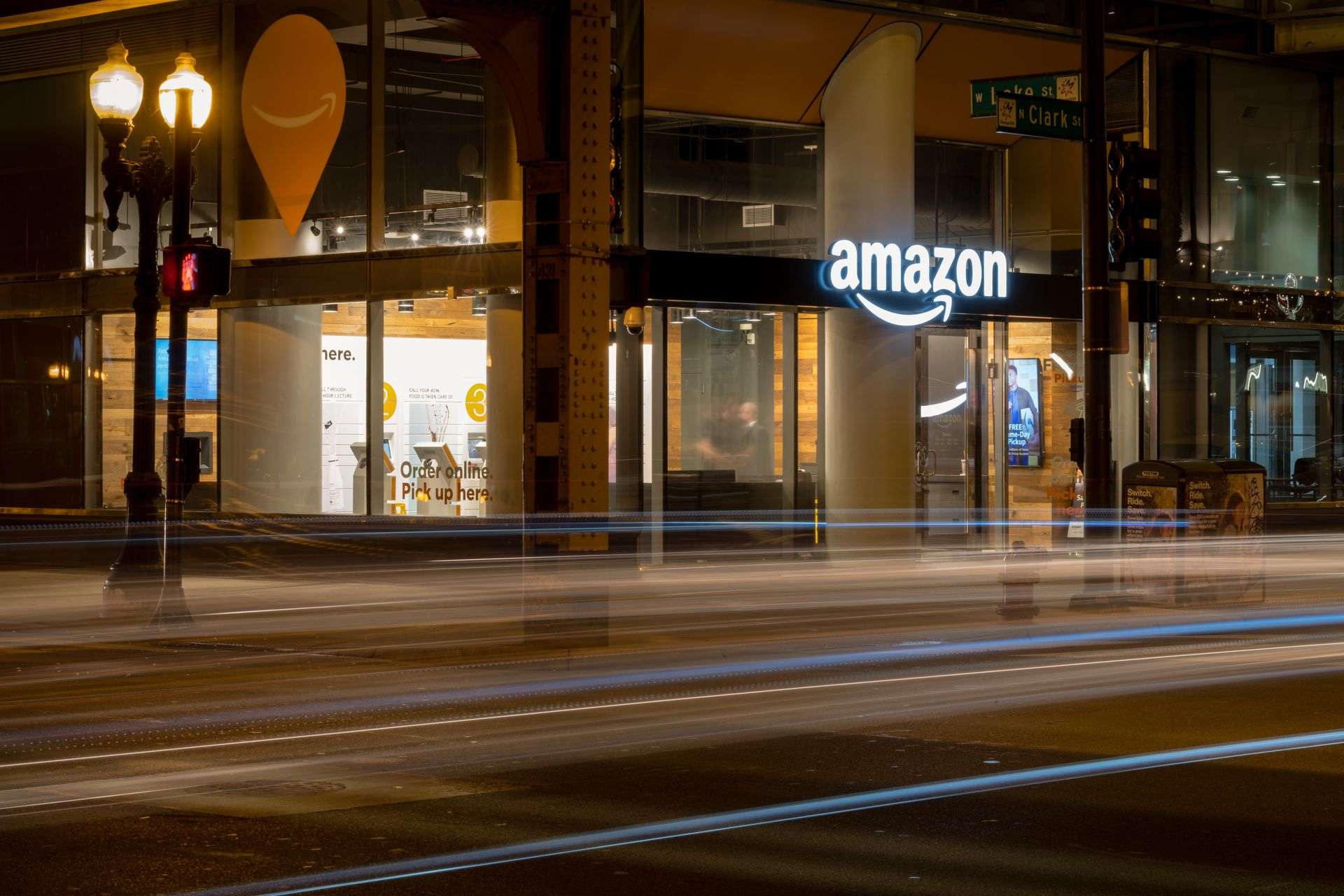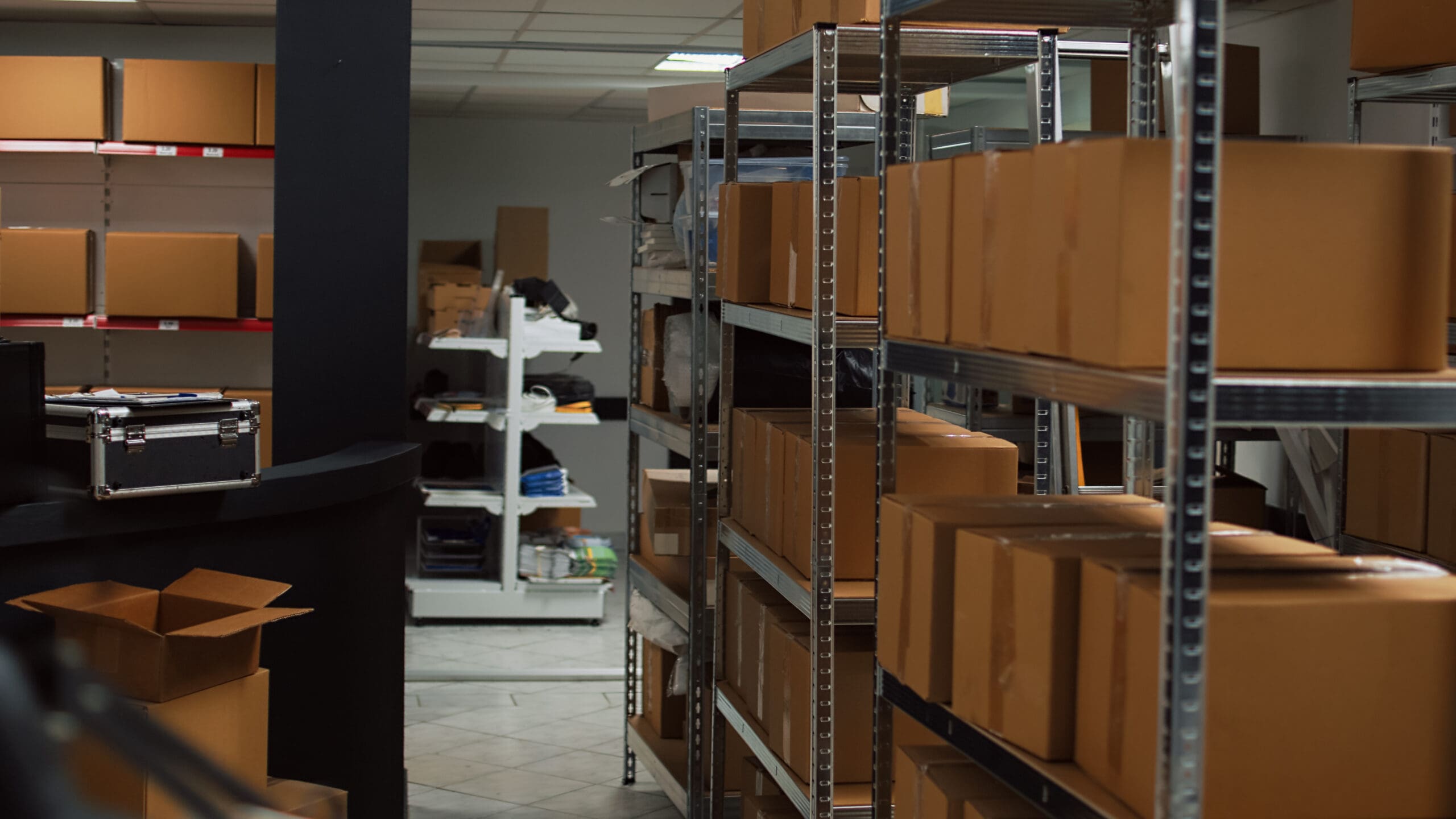Finding any type of small business financing can be a tedious and overwhelming experience. When it comes to financing a business activity – whether it be expanding or introducing a new product, you need extra cash to make it happen. Unfortunately, extra cash can be hard to come by for many small to medium-sized businesses.
On the flip side, businesses experiencing rapid growth and positive cash flow can go after various types of financing options that can address budget challenges that are common among businesses regardless of size. These financing options can help you maintain the quality of your business operations while also meeting your recurring financial obligations.
While there are many different funding solutions available for businesses, in this article we’ll focus on inventory financing and purchase order financing and discuss the main differences between the two.
What is inventory financing?
From the outside looking in, managing your cash flow is no easy feat. After all, good cash flow means your business can stay afloat. Without adequate cash coming through the door, it’ll be difficult for businesses to cover operational expenses and meet customer demand. When managing a business, it’s imperative for you to have a bit of know-how about the financing programs that your business may be able to qualify for.
One funding option that can help you better manage your cash flow is inventory financing. Inventory financing is a method of financing in which a business leverages its inventory to acquire a loan or a revolving line of credit. This is a great source of short-term financing that allows businesses to purchase additional inventory without tying up an exorbitant amount of cash in inventory.
How does inventory financing work?
Keep in mind that poor cash flow can stem from a plethora of different issues such as unsold stock, late payments, and, at times, unmanageable growth. If you ever find yourself unable to restock your inventory, then it might be time to consider applying for an inventory financing loan. As mentioned above, inventory financing is an asset-based loan that can come in the form of a term loan or a line of credit. For those unfamiliar with these terms, here’s a quick breakdown:
- Term loan – A term loan is a financing product that provides businesses with a specific amount of money with a specific repayment schedule. Like most loans, term loans may have a fixed or variable interest rate that needs to be paid along with the lump sum provided by the lender.
- Line of credit – On the other hand, a line of credit is a flexible loan that allows businesses to access a preset amount of money as needed. It can be used to fund recurring inventory purchases to make sure that businesses will be able to meet customer demand. As long as the revolving line remains open, businesses can repay the amount borrowed and borrow again in increments.
The great thing about inventory financing is that businesses don’t have to put up personal or business assets as collateral. The purchased inventory serves as the collateral for the loan and can be seized by the lender in the event that a business becomes unable to pay back the loan. Inventory financing is a useful financing product that allows businesses to better manage their cash flow by advancing funds that can be used to purchase additional goods.
What is purchase order financing?
Purchase order financing, also known as PO financing, is a type of funding solution that covers the upfront costs associated with the production of goods. This type of commercial financing is an excellent option for businesses that are experiencing poor cash flow. Typically, a purchase order financing arrangement involves three main parties: the customer, the third-party lender, and the business. But how does it work exactly?
How does PO financing work?
The way PO financing works is a bit trickier as opposed to other more traditional types of loans. Essentially, purchase order financing companies allow businesses to receive funding that leverages a confirmed purchase order as collateral. Here’s a more in-depth look at how PO financing works:
- Customer A places a purchase order agreeing to buy goods from company Z
- Both parties negotiate a deal and once an agreement has been finalized, company Z sends a copy of the confirmed purchase order to a third-party financing institution
- A third-party lender then reviews the purchase order and once approved, the ender pays company Z’s supplier directly to kickstart the production of goods
- Once the production process is finished, goods will then be shipped out to company Z’s customers directly
- Company Z then sends an invoice to customer A for the pre-sold goods
- Customer A then pays the PO financing lender directly
- The PO financing company will then take out its fees and send over the remaining balance to company Z
What are the key differences between inventory financing and purchase order financing?
While it seems that both inventory financing and purchase order financing addresses a business’ cash flow issues, there are key differences between the two. Check out some of the most common differences between inventory financing and purchase order financing below:
- Flexibility – When it comes to flexibility of use, both financing options can be described as restrictive. However, inventory financing edges purchase order financing out by just a hair for the sole reason that it can be used to pay for various types of inventory purchases. Conversely, purchase order financing is associated only with a specific purchase order. With purchase order financing, you won’t be able to build your inventory and introduce new product offerings.
- Total cost – Fee structures will vary depending on the lender or financier that you’re working with. However, both financing options tend to be on the pricier side. For those considering purchase order financing, one thing to keep in mind is that rates may range anywhere from 1.5% to 6% per month which is substantially higher compared to other types of small business funding. In the same vein, inventory financing is an expensive option for businesses mainly because of the extensive due diligence process. Some of the most common inventory financing costs are appraisal fees, origination fees, late fees, and a prepayment penalty if you pay your loan early.
- Qualifications – Purchase order financing may be one of the easiest loans to qualify for as lenders tend to have fewer and less restrictive requirements when reviewing a loan application. Although it is important to note that business owners should expect a lengthy and often expensive due diligence process when applying for an inventory financing loan.
Which financing option is best for your business?
Choosing from a plethora of business financing products can be a taxing ordeal. If we could leave you with one piece of advice, it’s this: the best financing option for your business is one that would help you meet your business objectives. It doesn’t matter if you’re getting a loan from inventory financing or purchase order financing companies, the most important thing to keep in mind is to shop around and compare interest rates, loan amounts, and repayment terms to determine which type of business loan will give you the best bang for your buck.
Are there other alternative financing options for businesses?
If you’re open to considering alternative financing opportunities for small businesses, visit Kickfurther.com. We’re an inventory funding platform that provides businesses with the necessary funding that they need, when they need it. It is the world’s first online inventory financing platform that enables companies to access funds that they are unable to acquire through traditional sources. Here’s how it works:
- Brands have to go through an extensive vetting process before they can tap into the Kickfurther community.
- Once a company has proven that they have strong sales records, it can now tap into the Kickfurther community and invite backers to purchase inventory on consignment.
- As mentioned above, individual backers purchase a company’s inventory primarily through a consignment opportunity or Co-Op. They can also freely choose which company to support based on a company’s payout terms. These individual backers then earn payments as soon as inventory is sold.
Final Thoughts
One important thing to remember when shopping for loans is to get quotes from more than one lender. Whether you’re thinking of getting purchase order financing or an inventory financing loan, it’s important to get quotes from several financial institutions to make sure that you are getting the best rates possible. It also enables you to determine which loan type would best meet your business’s financial needs.









